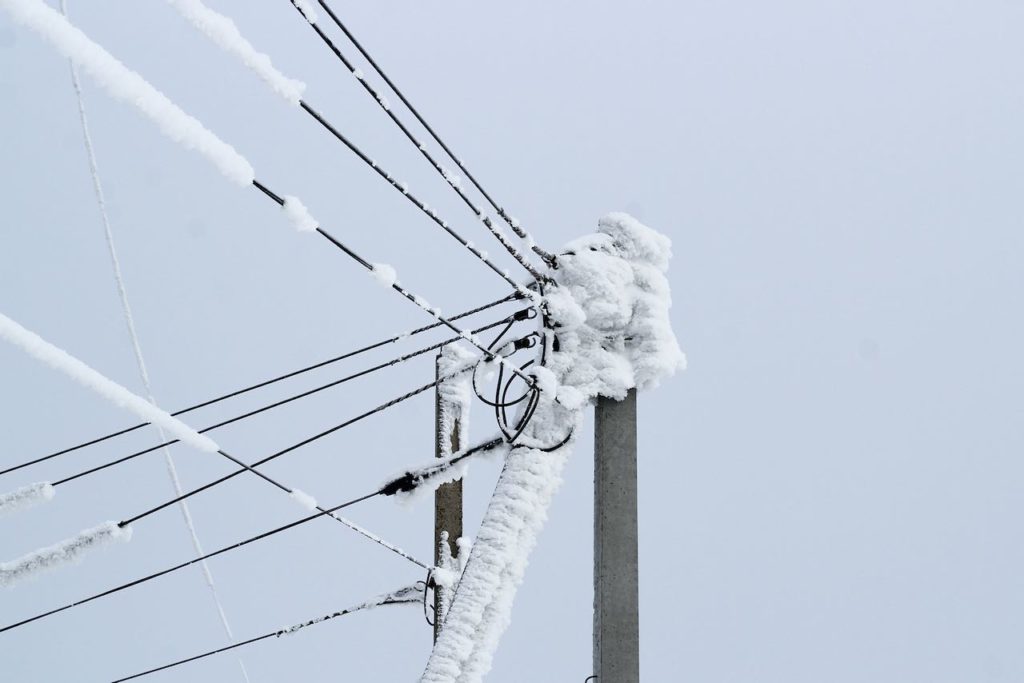Editor’s note: Howard Gerwin, a classmate from Rice University back in the day, sent me this note on Thursday, February 18, and it was so insightful that I just had to share it.
“Tell me how you will measure a system and I will tell you how it will behave” is a common heuristic used in the design and management of complex socio-technical systems. I am currently experiencing this in its extreme.
A few weeks ago, my wife and I came to Austin for a one-month break from the interminable gray of winter in Chicago. We are both working remotely so we figured it was a good chance to get a break. Turns out we missed some epic snowfall in Chicago, so that bet paid off, but we are still in Austin and have had the opportunity to experience some generationally bad weather here. Our rental bungalow in Austin has been without power for 80 hours and counting. We are not alone in this situation.
Throughout Texas, there has been a cascade of system failures in critical infrastructure (water, electricity and natural gas supply). The water supply failure is primarily because of loss of electric power at pumping and filtration systems. The gas and electric supply issues are intermingled but can primarily be tied to a single metric: producing power at the lowest possible delivered cost.
To achieve this, Texas made a big bet on wind power, shuttered older, less efficient plants; and reduced or eliminated certain grid “spinning reserve” requirements (power plants kept at the ready for rapid surges in demand). In this metric they appear to have been successful, achieving costs roughly 35% less per kwh than I pay in Chicago and around 70% less than Southern California.
Some of this was possible because Texas also elected to isolate its power grid from the rest of the US, reducing or eliminating federal regulatory burdens. A non-profit grid operator, Electric Reliability Council of Texas (ERCOT) overseen by the Public Utilities Commission and the Texas Legislature manages the grid for the state.
So what did they get with this optimization approach? They installed thousands of wind turbines without some of the weatherization features that are common in more northerly climates. This lowered their installed cost. They did not mandate certain levels of expensive weatherproofing on natural gas distribution plants and generator facilities. They were no longer paying for keeping reserve plants ‘hot and ready’ and rates went down.
The bill for this savings came due on Sunday, February 14th. Demand went up as the temperatures dropped and the snow fell in a storm that had been well forecast. The wind turbines froze up, the natural-gas powered generation could not come on-line as planned because gas transmission pipelines “froze up” too.
To keep from shutting down the entire grid, ERCOT required all of the local utilities who supply power to customers to reduce their demand. It was supposed to be on a rotating basis (off for 30 mins, on for an hour, etc …) throughout the state. As the supply failure grew due because of the cold taking out the natural gas supply, they ended up shutting off many areas without enough reserve to manage a rotation to bring them back on.
As surplus capacity did become available, cold soak and ice made reconnecting zones a more difficult process. Also, the grid design in some areas like Austin did not support the kind of granularity that could protect hospitals and other critical users while still rolling blackouts through less critical users on a schedule. Without an interconnection to producers in other parts of the country, they were unable to buy power, even with spot market prices running more than 100x higher than normal.
The lesson? Maybe ERCOT (and Austin Energy) needs some new metrics. I am by no means a power system expert but maybe a few of my LinkedIn connections have some suggestions to pose for discussion.
PS: My wife and I were taken in by our neighbor’s boyfriend after spending only 36 hours without heat and power. He lives in a part of Austin that never lost power. We have been here since then.
PPS: The power came back on after 85 hours. At the 105 hour mark, we were back in our rental place with heat and power. The sun is shining, the snow is melting, and Austin water is under an indefinite boil notice.
- GUEST POST: Dispatch from Texas, or a Case Study in Systems Failure - February 22, 2021


